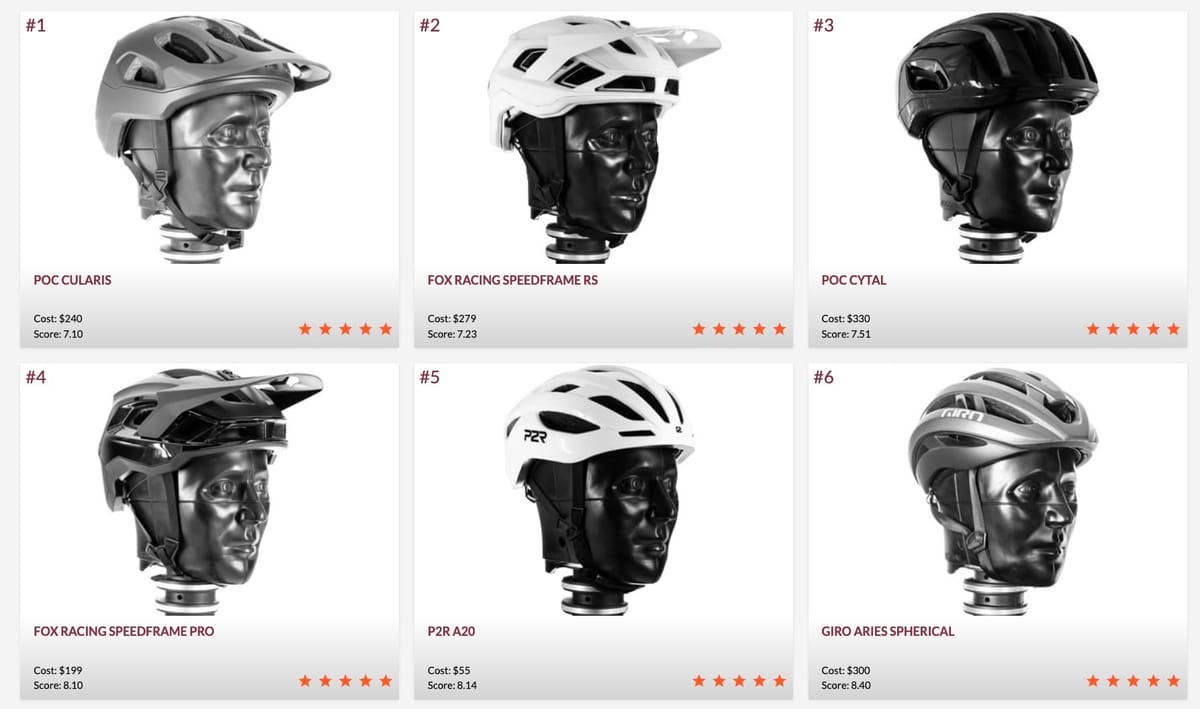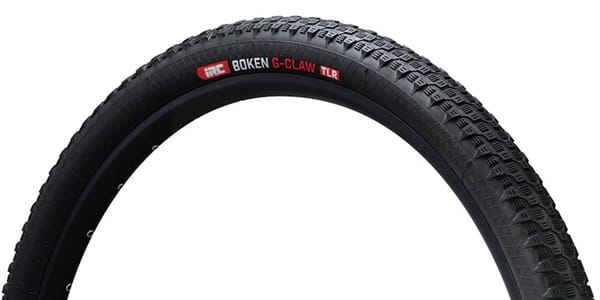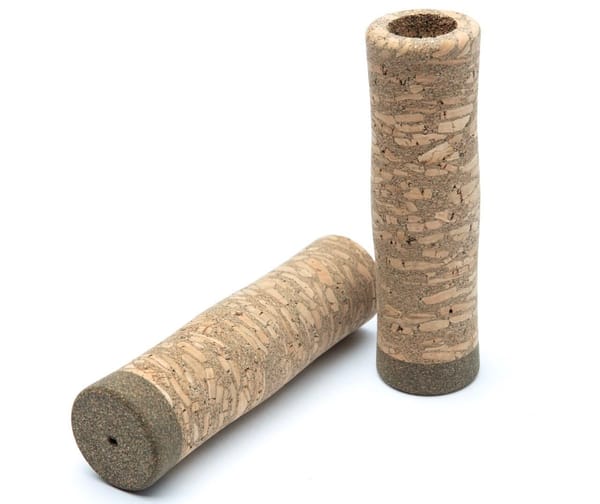The 5-Star Standard Has Evolved: Understanding Virginia Tech's 2025 Helmet Rating Update
Virginia Tech has updated its 5-Star helmet safety rating system. Learn why 139 helmets were downgraded and what this proactive change means for your safety.

If you're a safety-conscious cyclist, you likely know the Virginia Tech Helmet Lab. As a leading independent testing authority, its 5-Star rating system has become a gold standard for consumers. However, in a significant update effective July 2025, the institution has recalibrated its rating thresholds, a move that resulted in 139 bicycle helmets being downgraded from a 5-Star rating.
Before you rush to replace your helmet, it's crucial to understand the most important point: your helmet has not become less safe. The physical product and its ability to protect you in a crash remain unchanged. So, what did change? The standard for what it takes to be considered the "best of the best."
The Evolution from a Fixed Target to a Moving Benchmark
For years, the Virginia Tech STAR rating system was based on a simple principle: a helmet was subjected to a battery of impact tests, and its resulting score determined its rating. The lower the score, the lower the calculated risk of concussion, and the higher the star rating.
However, as helmet technology has rapidly advanced, this system led to a new problem: an abundance of excellence. As Virginia Tech noted in a public statement, the top tier had become crowded. "When a majority of helmets earn 5 stars, the top category no longer distinguishes the very best," the statement explains. "Consider bicycle helmets: when we launched the ratings in 2018, only 4 out of 30 tested earned 5 stars. Today, 167 out of 272 bicycle helmets are rated 5 stars."
To restore the system's ability to differentiate, the thresholds are no longer fixed. They are now dynamic and relative, creating a more competitive and telling landscape. According to a July 2025 memorandum from Virginia Tech, the new methodology is as follows:
"To receive a 4- or 5-star rating, a helmet must perform within the top 50% based on its overall impact performance score. To distinguish between 4- and 5-star helmets, we computed the midpoint between the median-performing helmet and the best-performing helmet. Helmets closer to the top performer received 5 stars; those closer to the median received 4 stars."
In essence, a helmet must now perform significantly better than the average to earn a top rating. It's no longer about clearing a pre-set bar; it's about leading the pack.
What This Means for Consumers and the Industry
For you, the consumer, this change brings enhanced clarity. A 4-Star helmet remains an excellent choice, indicating strong protective performance. But a 5-Star rating now carries more weight, signifying that a helmet is truly among the elite performers currently on the market. This system helps you see the meaningful performance differences that were previously hidden within a broad 5-star category. You can check the updated rating for your specific helmet on the Virginia Tech Helmet Ratings website.
For the helmet industry, this update serves as a powerful incentive for continuous innovation. Manufacturers are now challenged not just to meet a standard, but to actively outperform their competitors and the existing market. This approach mirrors how other safety industries evolve, most notably the automotive world's New Car Assessment Program (NCAP), which periodically raises its criteria to keep pace with improvements in vehicle safety.
Ultimately, this recalibration is a positive development. It reflects the incredible progress manufacturers have made in helmet design and ensures the Virginia Tech ratings remain a valuable and discerning tool. While seeing your helmet's rating change might be surprising, this evolution is a clear win for consumer safety, pushing the entire industry to aim for an even higher standard of protection.





